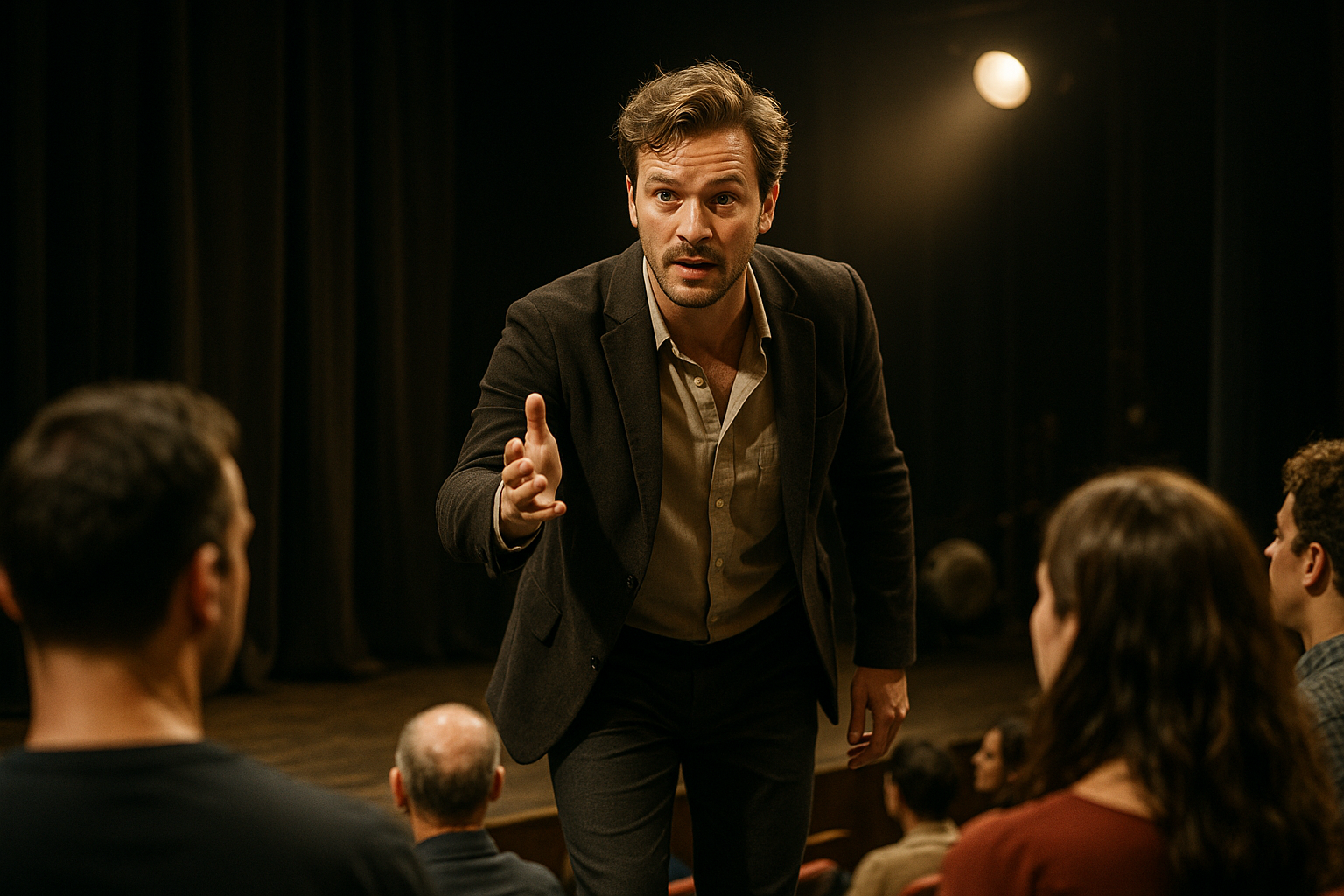Breaking the Fourth Wall: The Audacious Shift in Modern Performances
In the realm of performing arts, a profound transformation is underway. The bold and daring trend of breaking the fourth wall is revolutionizing the viewer's experience. Enter the dynamic world of this unique theatrical technique, where traditional boundaries are shattered, and spectators become part of the story.

A Historical Overview: The Fourth Wall and Its Shattering
The concept of the fourth wall traces back to the French philosopher Denis Diderot. It refers to the imaginary barrier between the performers and audience in traditional theater, creating a separate reality on stage. However, the idea of breaking this wall, directly addressing or acknowledging the audience, emerged much later. It was an attempt to disrupt the conventional narrative style and offer a greater sense of immediacy and engagement.
A Rising Trend: Breaking the Fourth Wall Today
In recent years, the practice of breaking the fourth wall has gained significant traction. Modern playwrights and directors are increasingly utilizing this technique to create a more immersive experience. From popular television series like “House of Cards” to hit Broadway shows such as “Hamilton,” characters often speak directly to the audience, blurring the line between fiction and reality. This trend reflects the industry’s evolving dynamics and the changing taste of viewers seeking more interactive and participative forms of entertainment.
The Impact: A New Dimension to Storytelling
Breaking the fourth wall has profound implications on the narrative structure and audience engagement. It not only disrupts the storyline flow but also challenges the viewers to engage more actively with the unfolding drama. By breaching the invisible barrier, the performers invite the audience into their world, making them complicit in the narrative. This technique not only enhances the entertainment value but also deepens the emotional resonance and intellectual engagement of the viewer.
Exploring Relevance: The Fourth Wall in Contemporary Culture
The relevance of the fourth wall extends beyond the theater. It is increasingly visible in digital media, film, and television. In the age of social media and reality TV, the culture of direct engagement and continual interaction is becoming the norm. The fourth wall is not just being broken but is being redefined to suit the interactive ethos of the 21st century.
Conclusion
The theatrical technique of breaking the fourth wall is not merely a passing trend. It is an audacious shift in the way stories are told and perceived. As we continue to seek more immersive and interactive forms of entertainment, the fourth wall’s shattering will undoubtedly continue to redefine the landscape of performing arts. It is a testament to the industry’s innovative spirit and its relentless pursuit to push the boundaries of creative expression.






